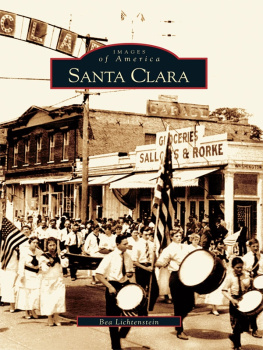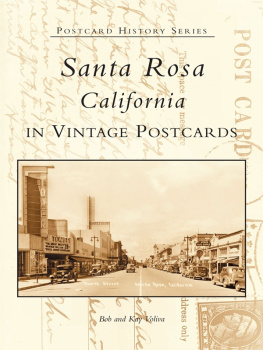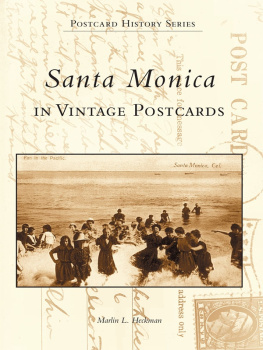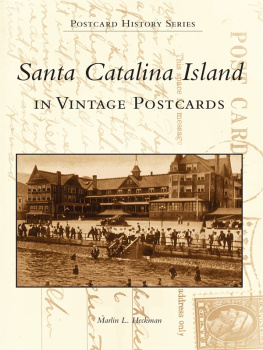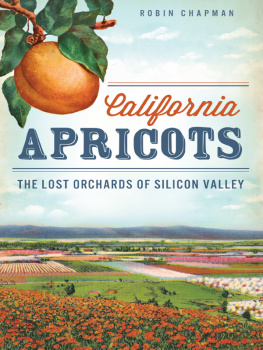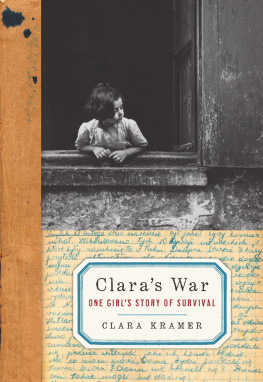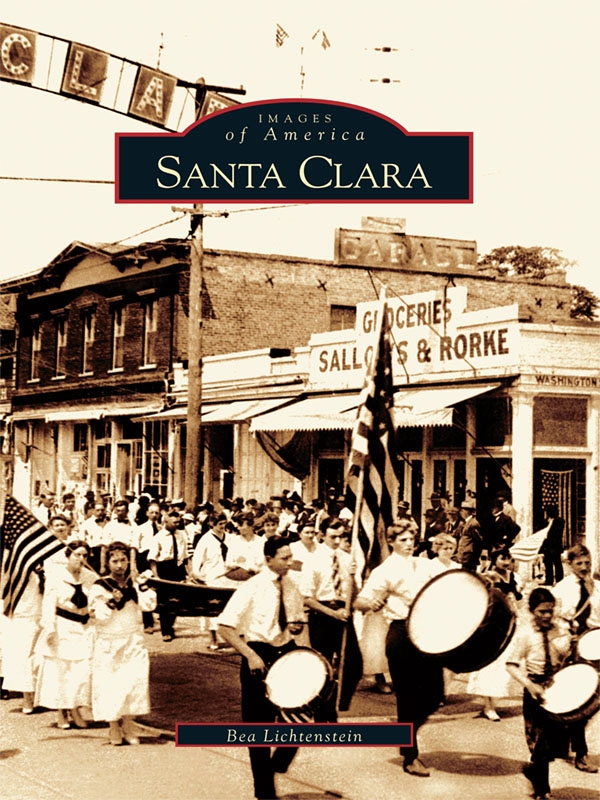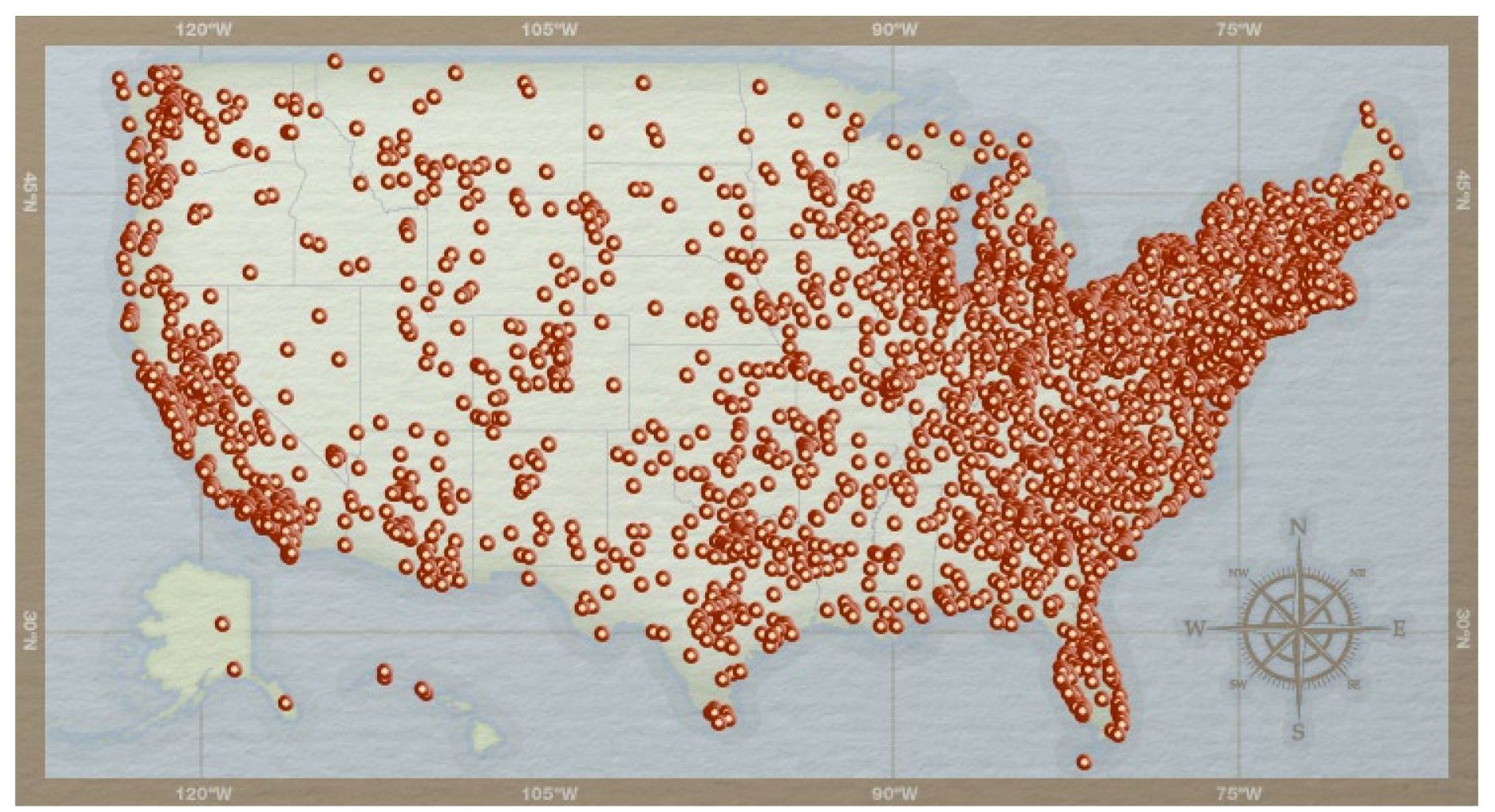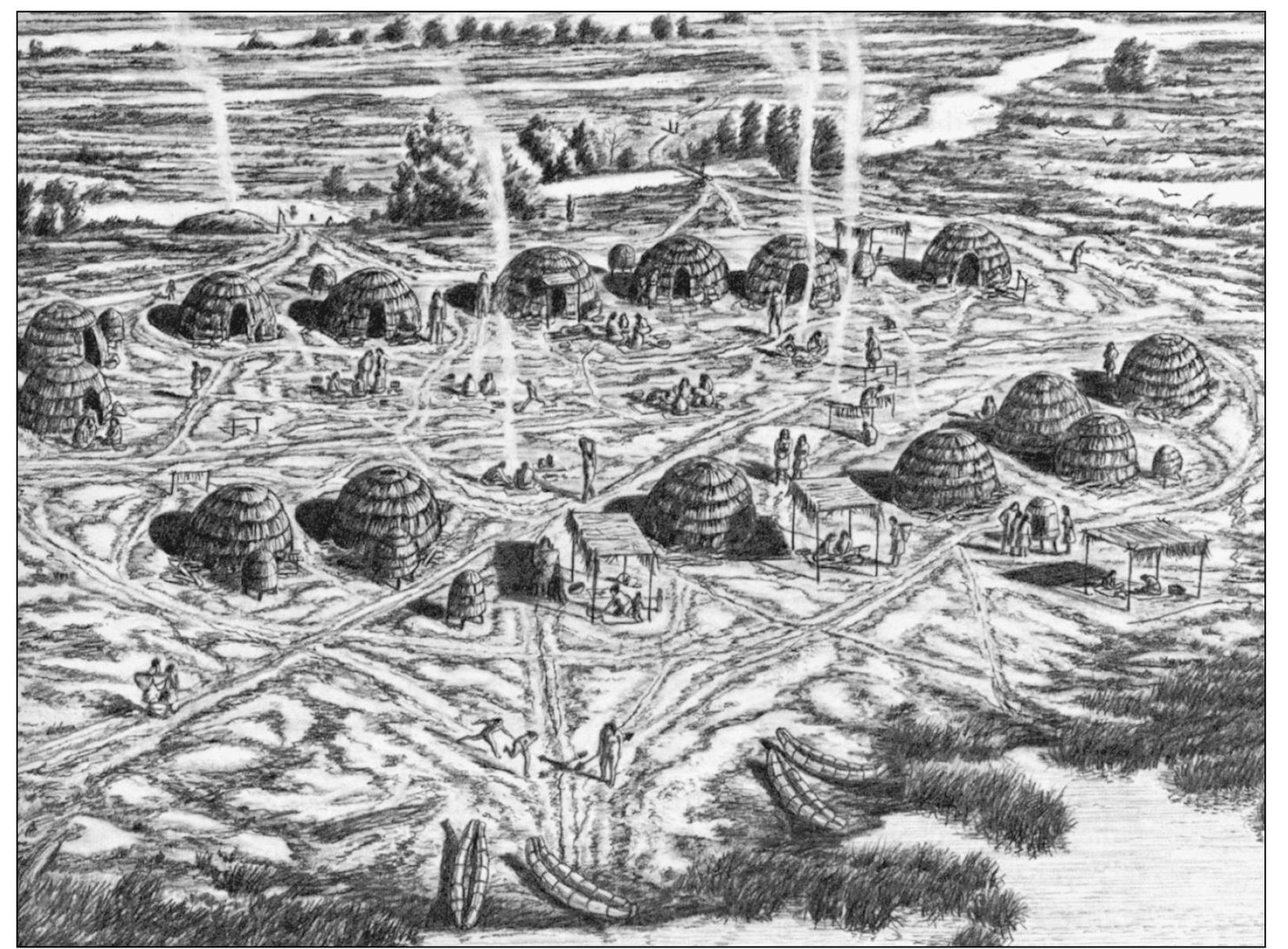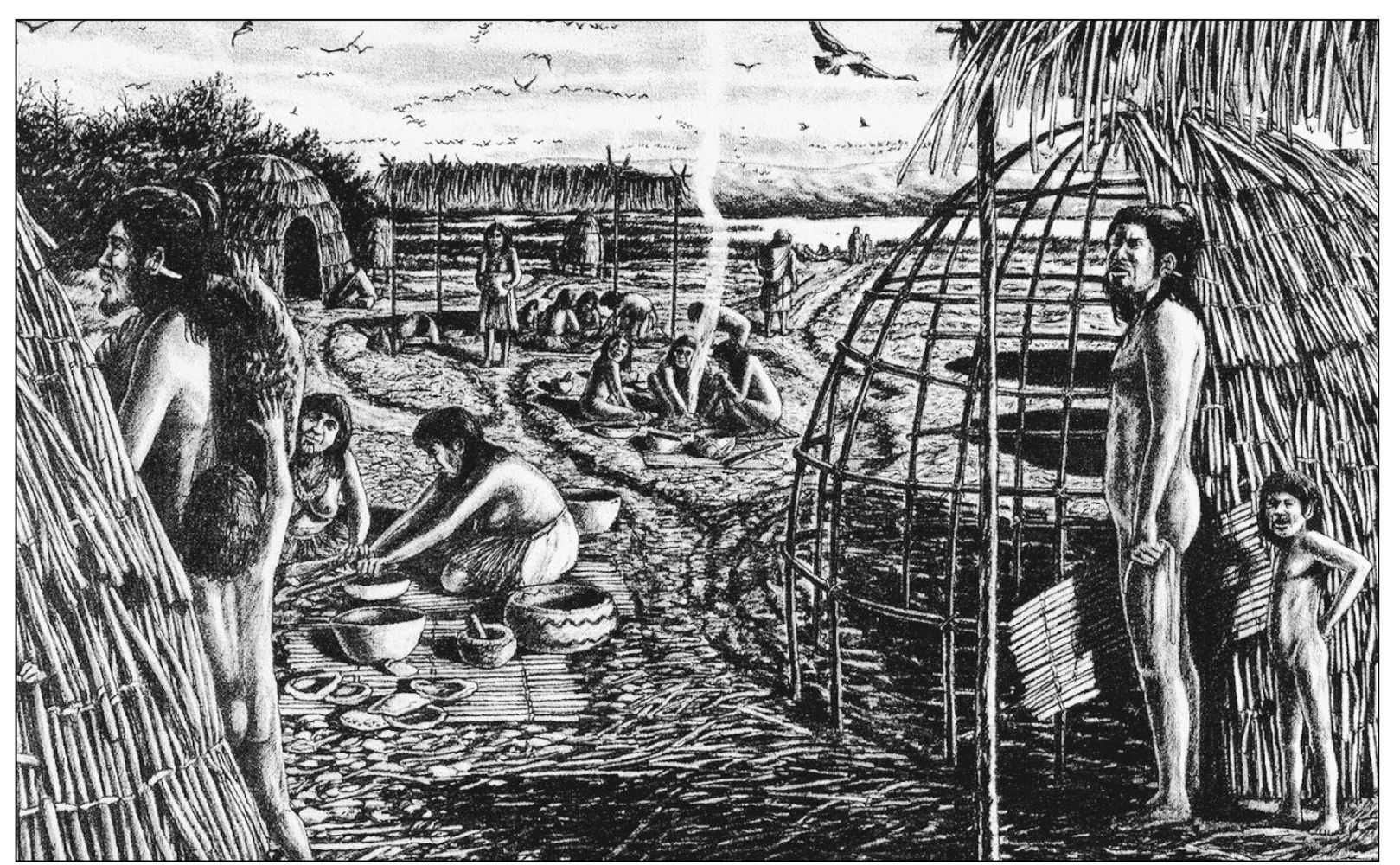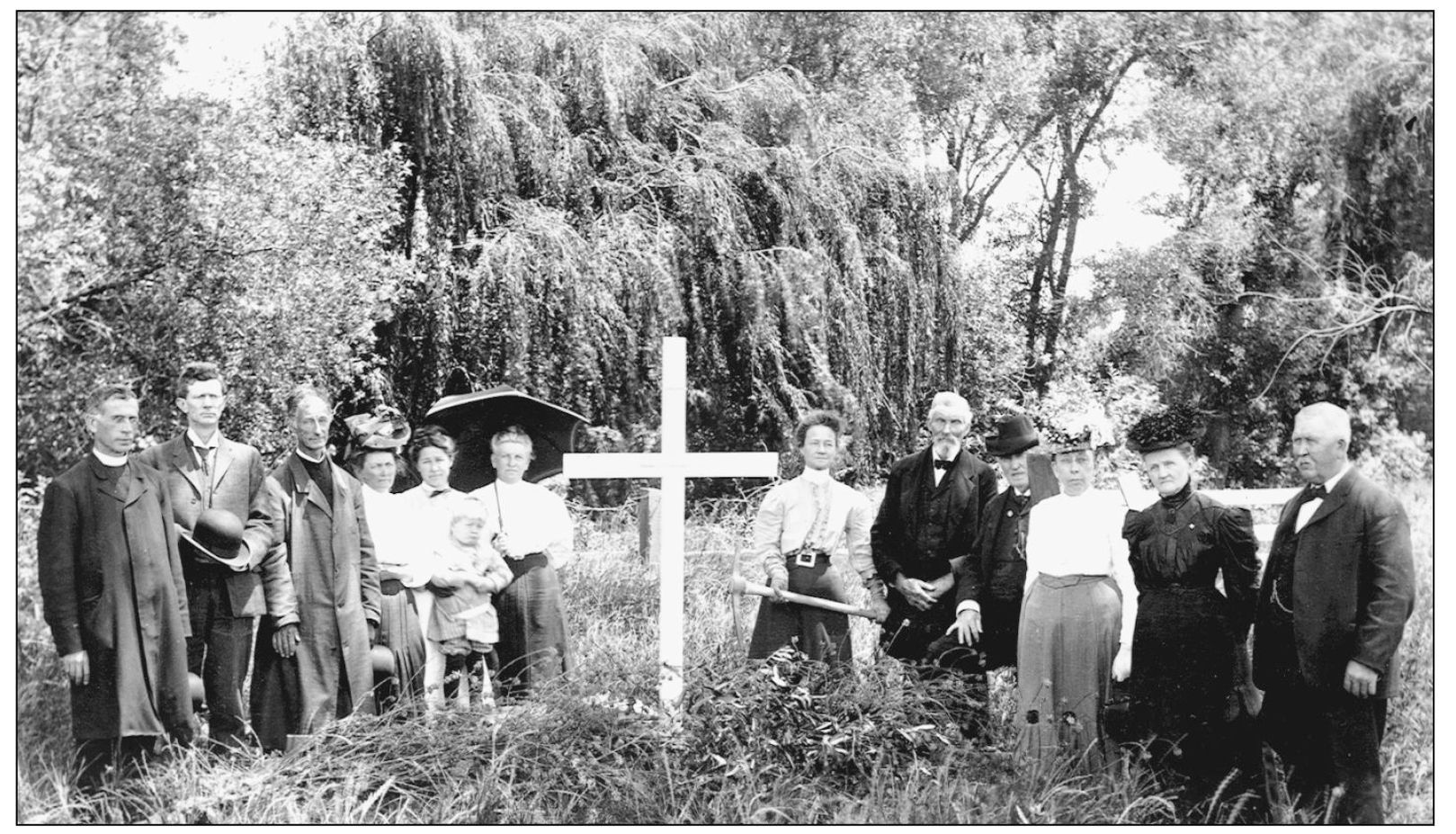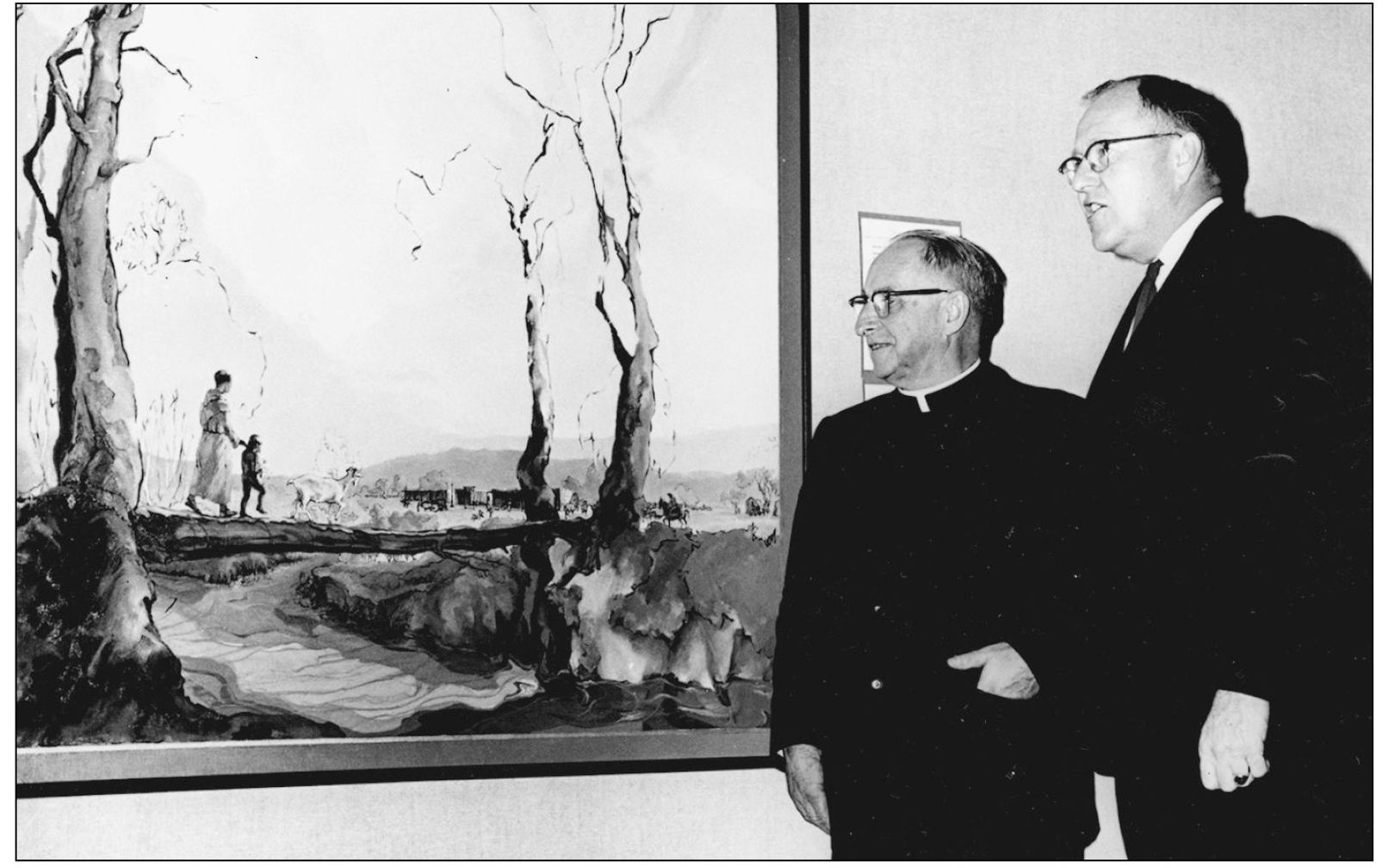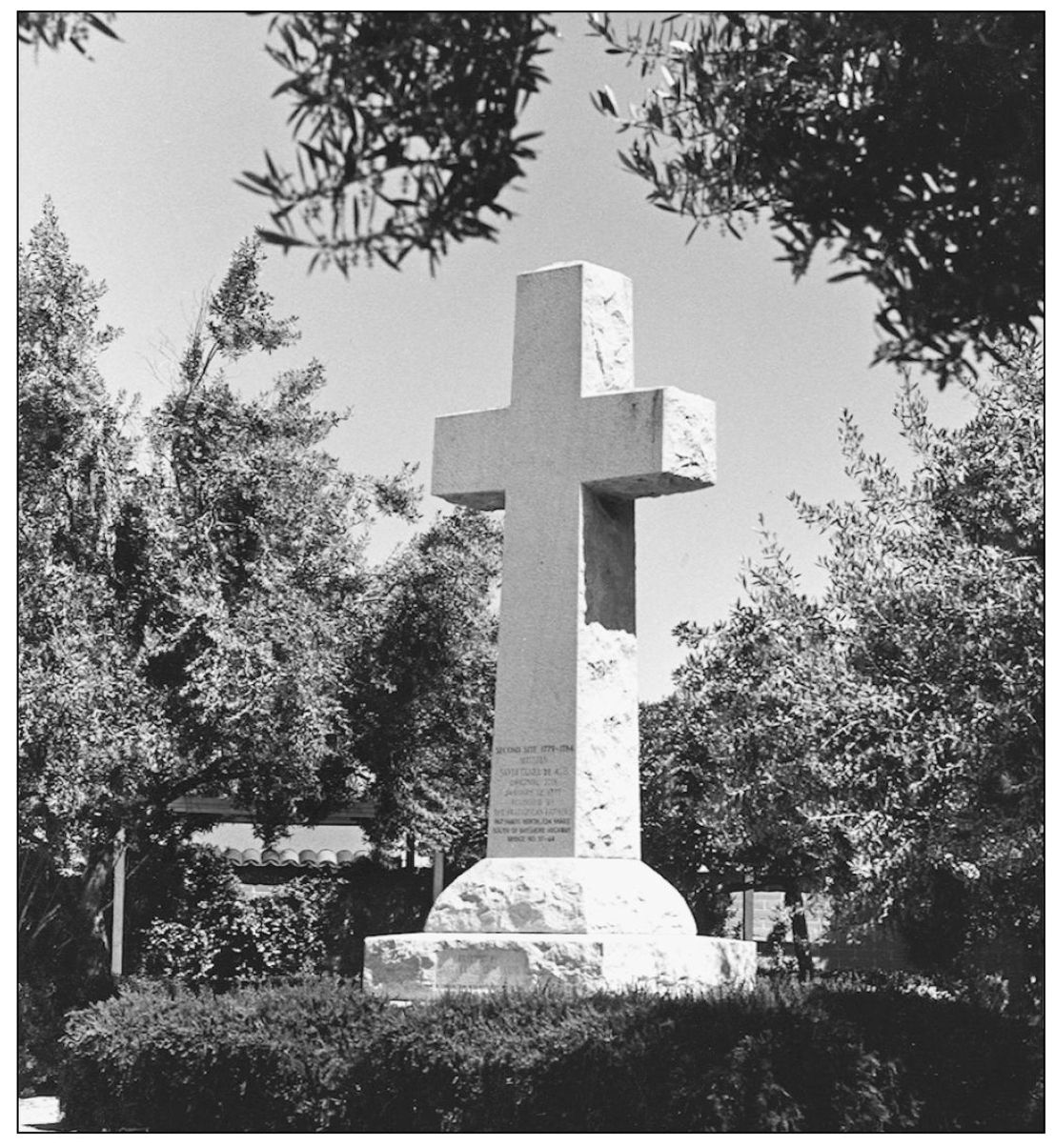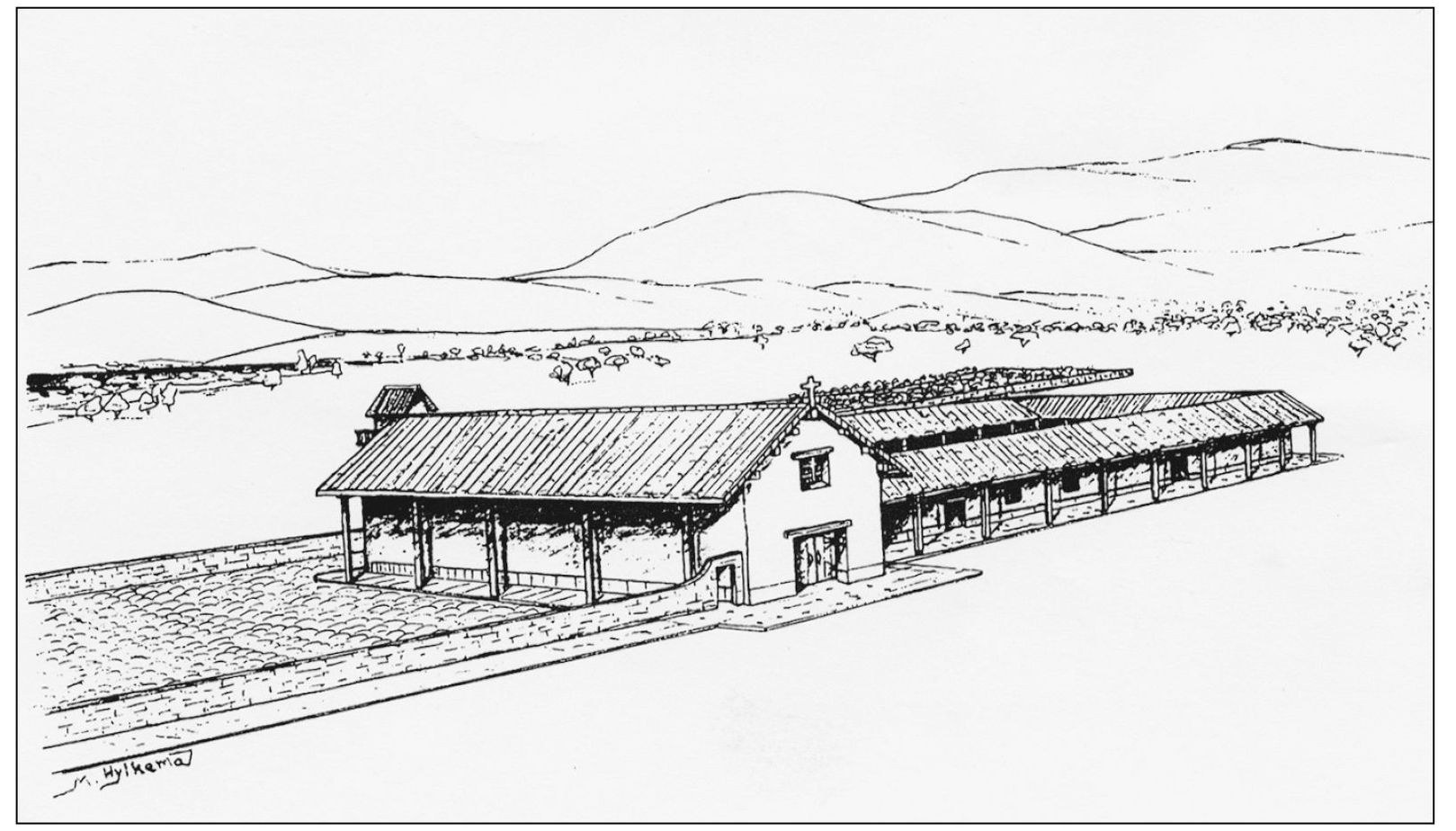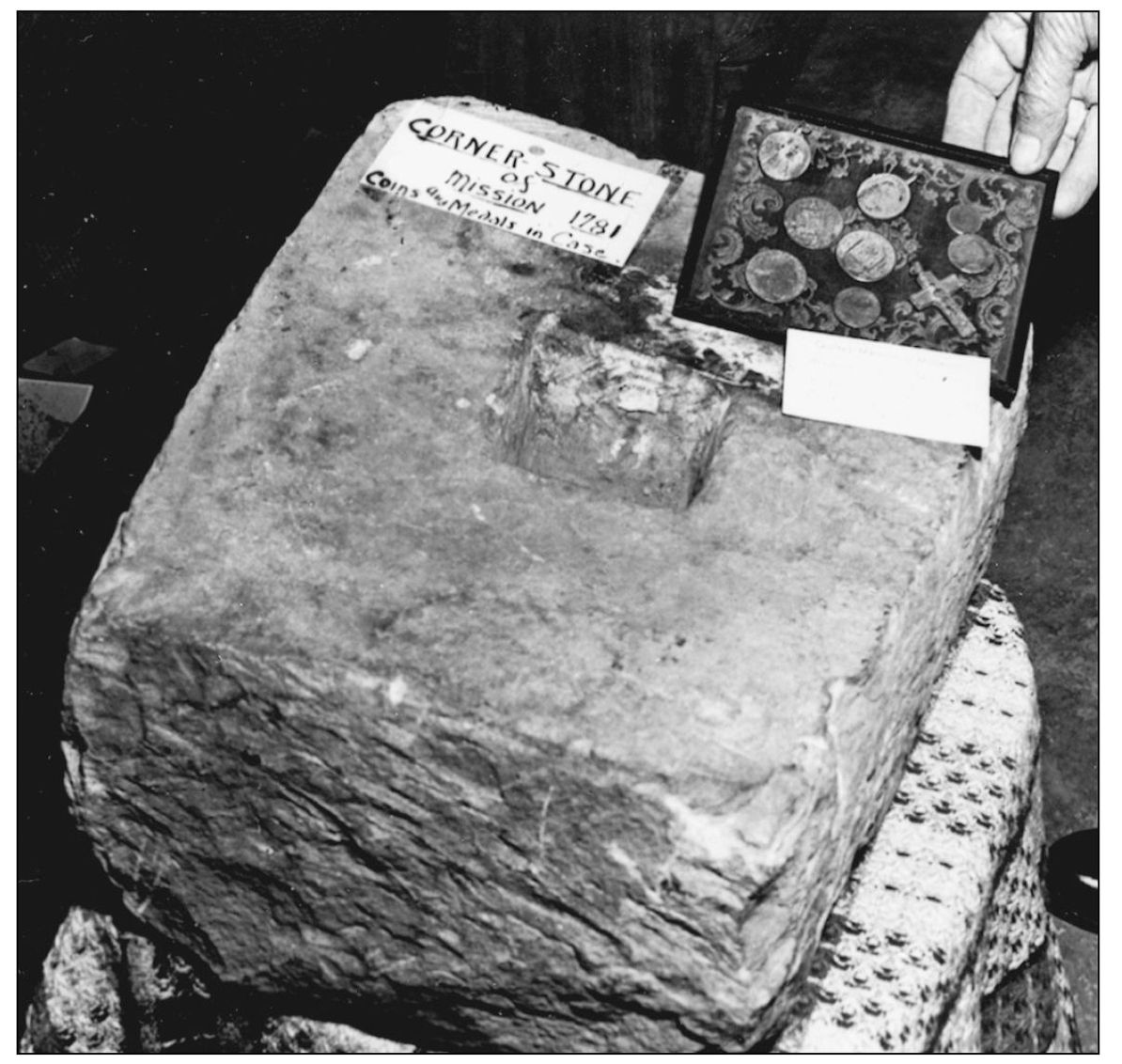ACKNOWLEDGMENTS
The book evolved over a number of years. In 1984 I began gathering information on Santa Clara and its history. My first source of material and assistance was the City of Santa Clara Public Library. Over the years, generous access materials plus additional assistance was provided by librarians Sylvia Taylor, Anne Skylensky, and Mary Hanel.
The Santa Clara Unified School District allowed me unlimited access to the school board minutes, records, and historic photo archives. A special thanks to Don Callejon for his help over the years.
As I began to gather photographs and needed copies for my files, I enlisted the help of Santa Clara commercial photographer Michael Kohl, who generously donated his services.
Other early volunteers included Lois Weldon and Lynn Harper, who typed several chapters while I continued my research, as well as Ralph Butterworth, Barbara Dahl, and Bob Drews; each provided expertise in areas ranging from graphic design and photo reproduction to editorial development.
This publication would not exist without the following people and organizations who shared photographs and illustrations:
Malcom Margolin, Heydey Books
Estate of Clyde Arbuckle
Santa Clara University Archives
California History Center, DeAnza College
Louise Stagnitto/St. Justins Church
City of Santa Clara Archives
Santa Clara Public Library
Mary Certa/Charles D. South family
Santa Clara Womans Club
Intel Corporation
National Semiconductor
Santa Clara Chamber of Commerce
Rotary Club of Santa Clara
Optimist Club of Santa Clara
Leland Kirk/Odd Fellows
The Wilson family
Elayne Franck
South Bay Historical Railroad Society
Mark G. Hylkema
Judge Mark Thomas
Warburton Family
Cunha Family
The Kenyon/Silva Family
Hart Rumbolz
Charles Tucker
Paul Becker
Mrs. Irene Inman
Mark Robinson
Leonard McKay
Heintz Family
Larry Marsalli
Lydia Corea
Marie Heiner
Eugene Acronico
Mary (Anthony) Pascoe
A special thanks to my family and friends, especially my husband, Ken, who endured many hours alone as I worked assembling this material.
Finally, a special thanks to my editor, Hannah Clayborn, for her help and support, plus Arcadia Publishing for giving me this opportunity to complete my dream.
Find more books like this at
www.imagesofamerica.com
Search for your hometown history, your old
stomping grounds, and even your favorite sports team.
One
EARLY HISTORY
OHLONE VILLAGE. Spanish explorers coming into the Bay Area in 1769 found the nativepopulation, later named the Ohlone, living in small groups or tribelets. Michael Harneys reconstruction sketch depicts a typical Ohlone village. Families lived in small, round, dome-shaped dwellings made of bent willow poles covered with mats of tule reeds. A replica of these dwellings can be seen at the deSaisset Museum at Santa Clara University. (Courtesy of Michael Harney from The Ohlone Way , 1978 by Malcolm Margolin.)
OHLONE FAMILIES AT WORK. Michael Harneys illustration depicts typical Ohlone life with a man working on a dwelling, the women grinding acorns with their mortars and pestles, and another man returning from a hunt with his catch. These indigenous people lived off the land and were hunters and gatherers, rather than tillers of the soil. (Courtesy of Michael Harney from The Ohlone Way , 1978 by Malcolm Margolin.)
OHLONE TULE BOAT. To aid in catching fish and hunting water fowl, the Ohlones fashioned boats of bundled tule reeds. The boats were about ten feet long and three feet wide in the middle. A double-bladed paddle was used to maneuver the boat. Another food source came from the abundant mussels, clams, and other shellfish dug up from the shore. (Courtesy of Michael Harney from The Ohlone Way , 1978 by Malcolm Margolin.)
FIRST SITE COMMEMORATIVE CROSS. In April 1907, members of the Santa Clara County Historical Society placed a cross commemorating the first mission site near the confluence of Mission Creek and the Guadalupe River. The plaque on the transept reads, Monument site First Santa Clara Mission January 12, 1777. (Courtesy Library of Congress Prints and Photo Division, Santa Clara County Files.)
THE SPANISH BRIDGE. Arthur D. Spearman, S.J., and Santa Clara historian Austen D. Warburton view Grace Runcies historic painting depicting the old Spanish Bridge over the Guadalupe River at the first site of Mission Santa Clara. Fr. Spearman. wrote the book, The Five Franciscan Churches , which details the story of the five sites and structures of Mission Santa Clara. (Courtesy of Bernice Cox and Santa Clara Womans Club.)
SECOND MISSION GRANITE MARKER. In 1779 the Guadalupe River overflowed, destroying the first mission compound. A temporary mission compound was built on higher ground some 2,700 feet south, while the mission priests looked for a permanent site farther from the river. This granite cross at De La Cruz Boulevard and Martin Avenue marks the second temporary site. (Courtesy of City of Santa Clara Photo Collection.)
THIRD MISSION CHURCH. Archeologist Mark G. Hylkema has created a reconstruction sketch of the third mission church that is based on his archeological findings of the foundation alignments and historical records. The Native-American cemetery is within the walled area to the left of the church, a walled pear orchard is in the background, and the mission quadrangle is to the right of the church. The view is to the southeast with Mount Hamilton in the background (upper right). (Courtesy of Mark G. Hylkema.)
THIRD MISSION CHURCH CORNERSTONE. On November 11, 1781, Fr. Junipero Serra blessed and laid a cornerstone for the third mission church. Placed in the cavity was a metal cross, two religious medallions, and Spanish coins that signified the church treasury. This cornerstone is displayed at the deSaisset Museum at Santa Clara University. (Courtesy of Santa Clara University Archives.)

